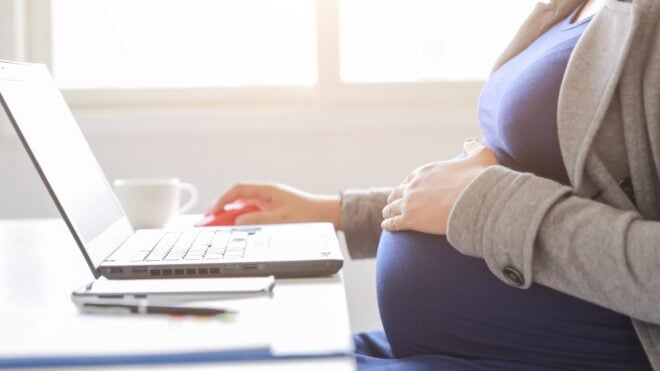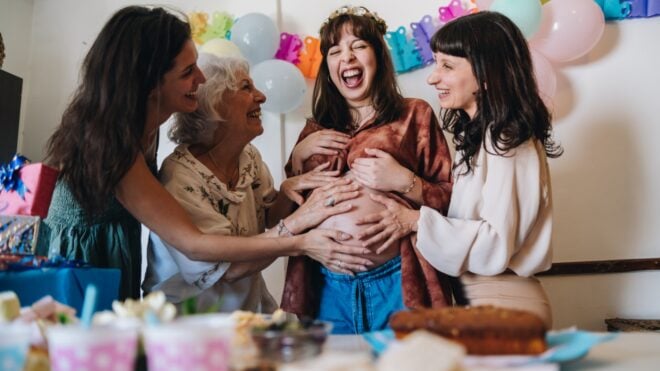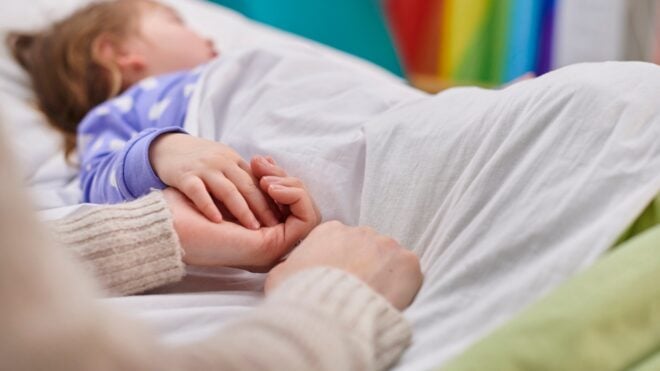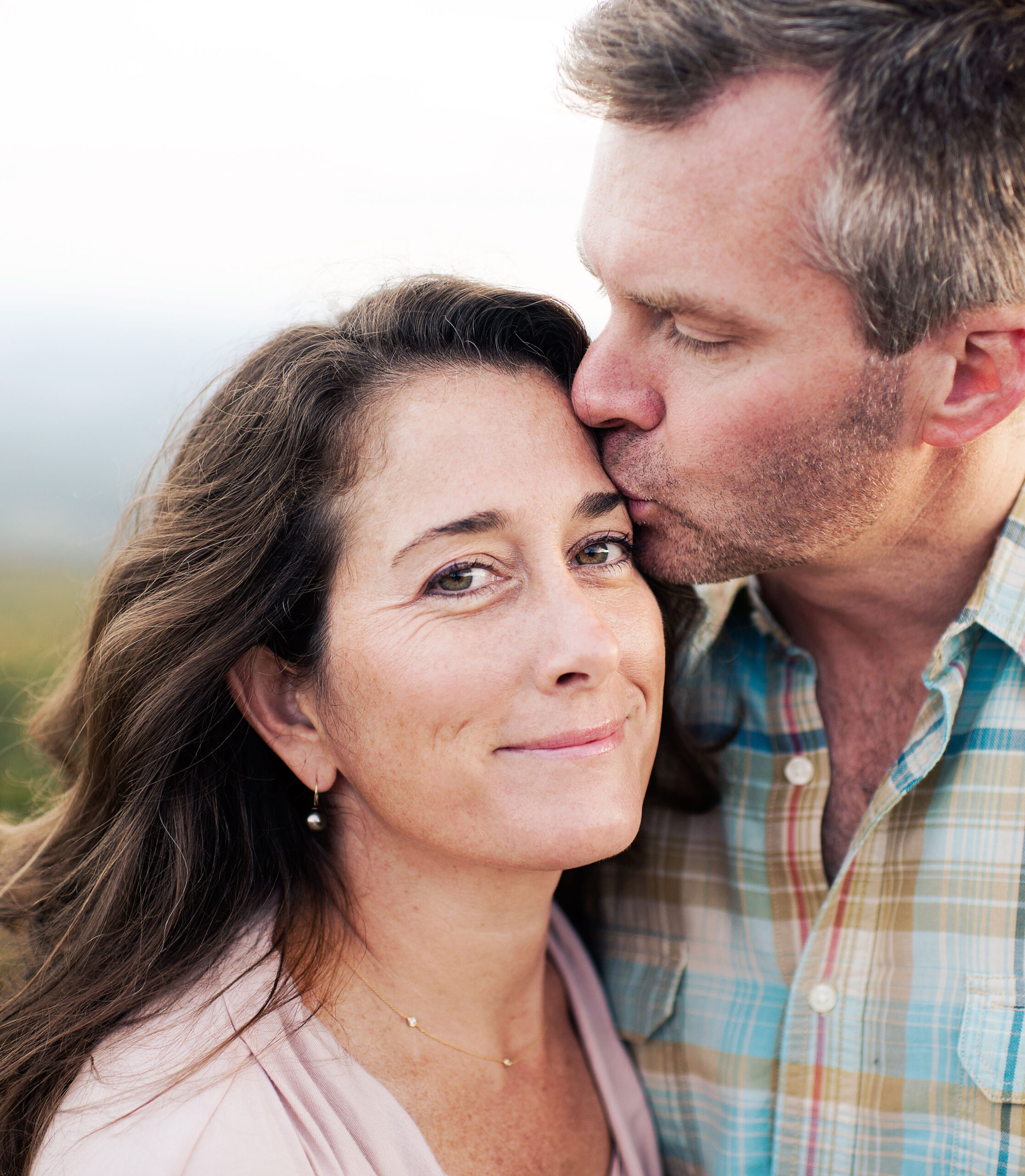
Don’t be blasé
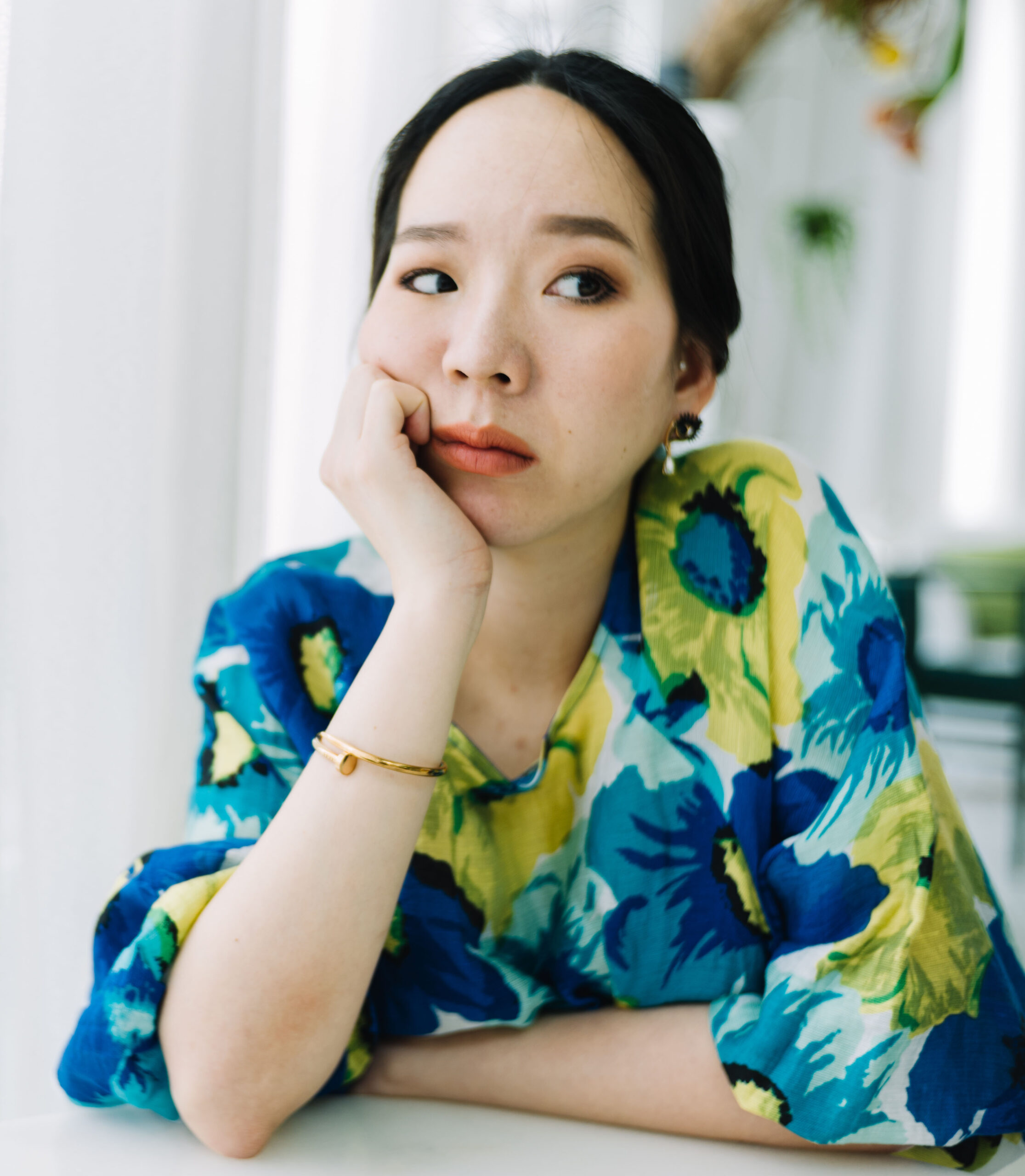
More than 10 million Americans have osteoporosis right now, and another 44 million have early stages of it. By 2020, a full 20 percent of the U.S. population will have it. It predominantly affects people over 50. Roughly 1 in 2 women and up to 1 in 4 men will break a bone because of osteoporosis—and yet, 80 percent of older Americans who break a bone aren't tested or treated for osteoporosis. Doctors are blasé about bone health, says Dr. Farah Naz Khan, in an article for Vox. And as our population ages, the consequences of that attitude are real and significant.
Know your risk

Osteoporosis has no obvious symptoms, which is why they call it a silent disease. Most people don't know they have it until they break a bone after a mild fall.
But if someone in your immediate family has osteoporosis, you're one step ahead of the game—you know your risk might be higher. It's also higher if you're small-framed, regardless of your gender, and if you're white or Asian.
If you're concerned, you don't have to wait to get tested. Just this year, researchers at Stanford developed a genetic screening that can predict your future risk of bone problems.
Take extra care if you're a woman
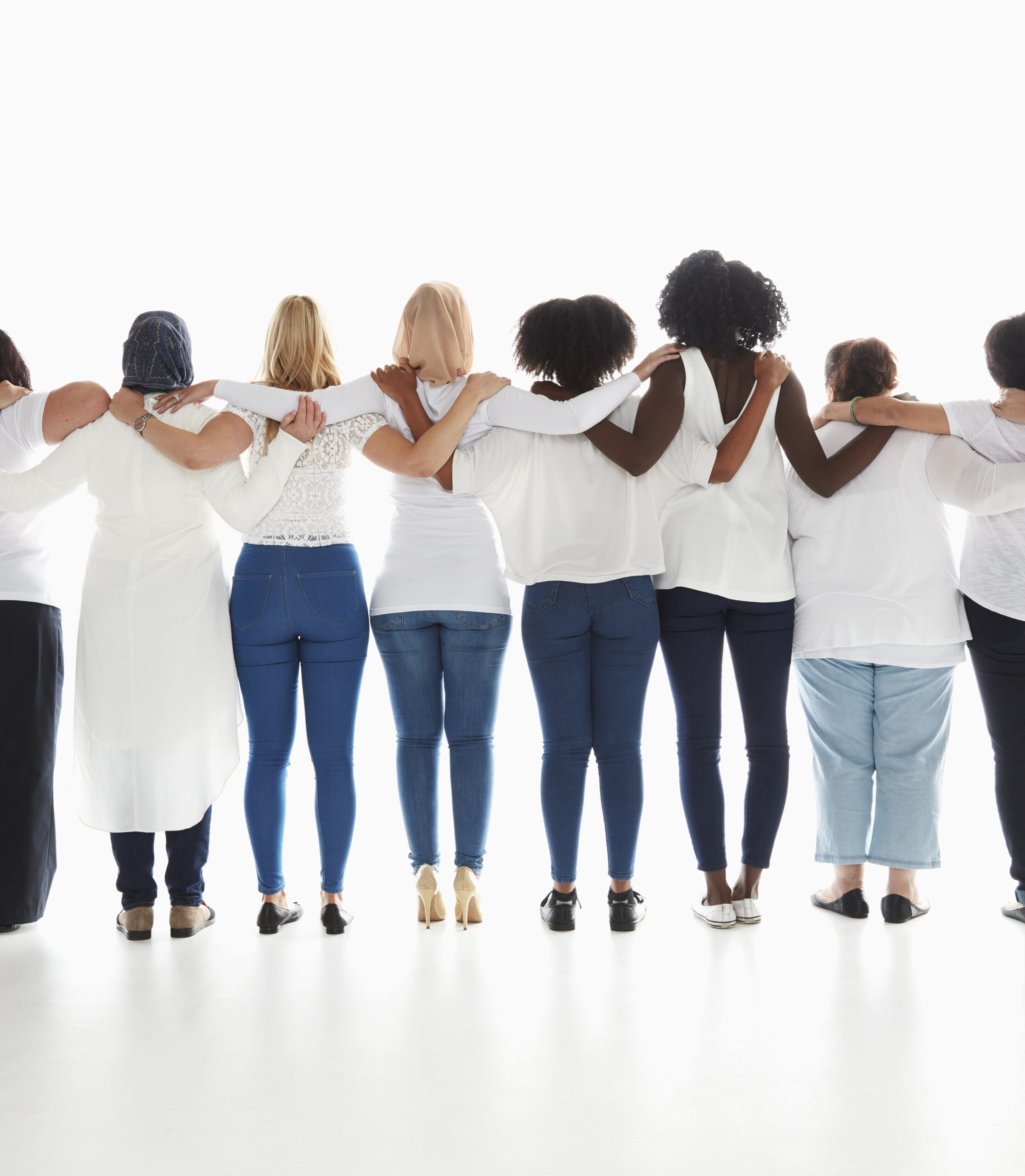
All that said, one of the biggest risk factors for osteoporosis is out of your hands—it's your chromosomal gender. Roughly 80 percent of the 10 million people who have it are women. And women are about twice as likely to break a bone because of osteoporosis than men.
But there's more. Estrogen, among other things, helps protect bones. So, when menopause occurs, there's a marked increase in the risk for bone loss.
Drink your milk
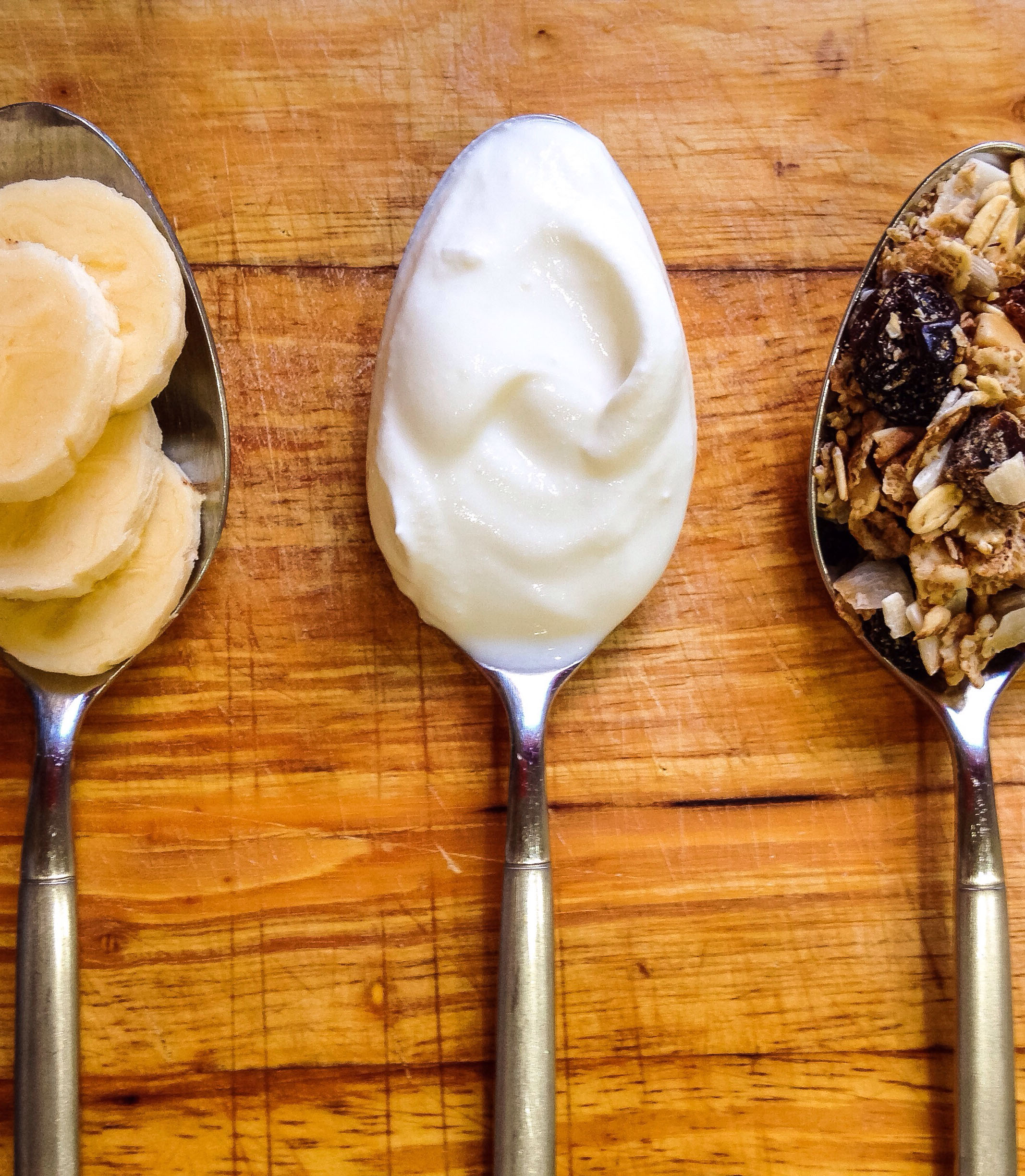
Get your calcium, however you best like it. One study found that women who eat yogurt daily decreased their risk for osteoporosis by 39 percent.
Overall, you're aiming for about 1,000 mg each day, starting in adulthood. After 50, women can bump it up to 1,200 mg—same for men over 70.
Eat your greens
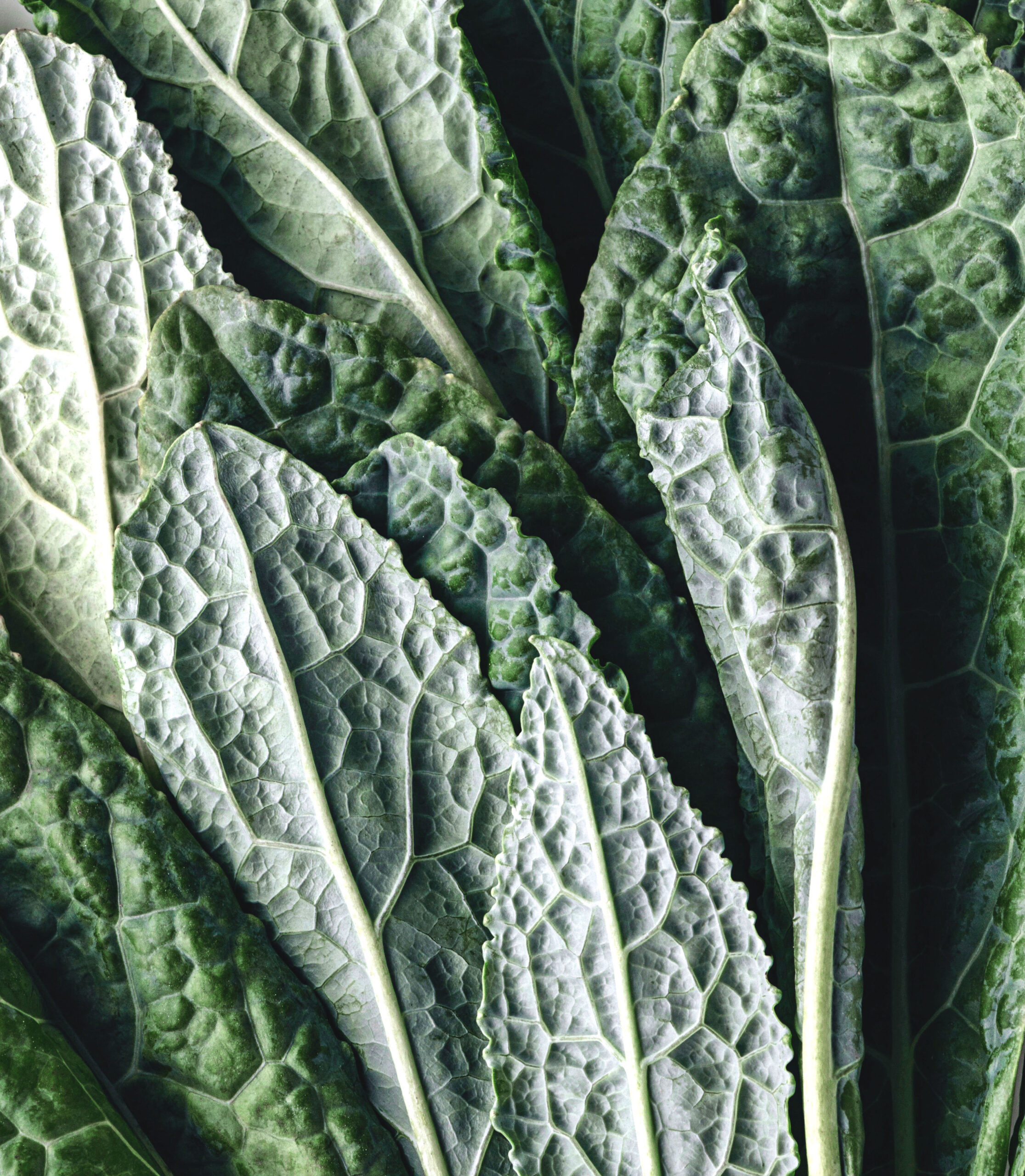
Another source of dietary calcium comes from dark, leafy greens. Think kale, collard greens, mustard greens and broccoli.
Keep in mind, though, that while dietary calcium is more readily absorbed than supplements, studies show that the calcium in dairy is more readily absorbed than the calcium in greens.
Go fish

Three ounces of sardines, canned in oil, has about 324 mg of calcium—about a third of your daily amount. (The secret is the edible bones). The omega-3s in fish have been shown to improve bone health, as well.
Don’t neglect those other nutrients
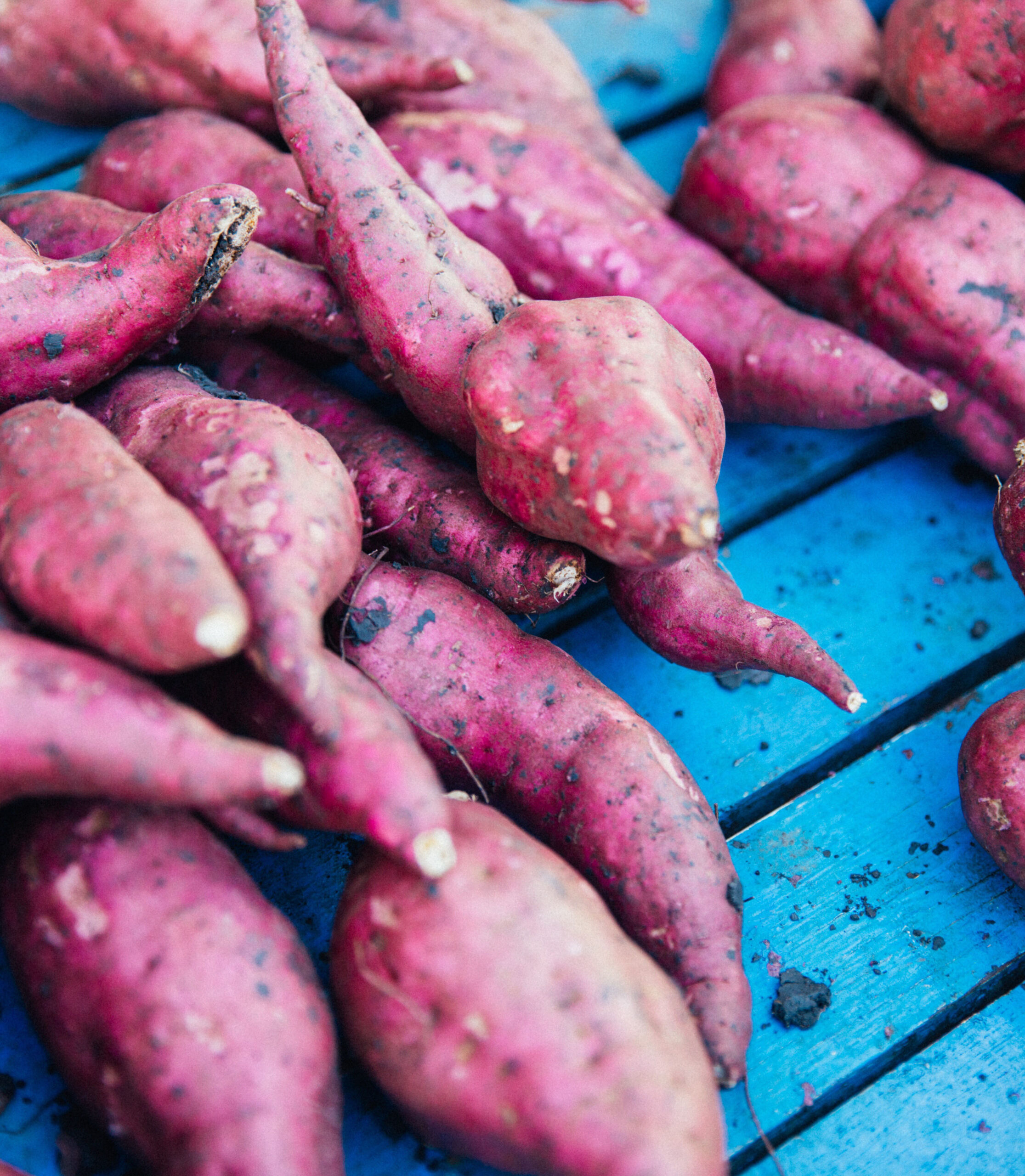
Calcium isn't the only mineral that matters when it comes to bone health. Magnesium and potassium are also associated with better bone density in women and men 70 years old or older. Sweet potatoes are a great source for both.
And especially your vitamin D
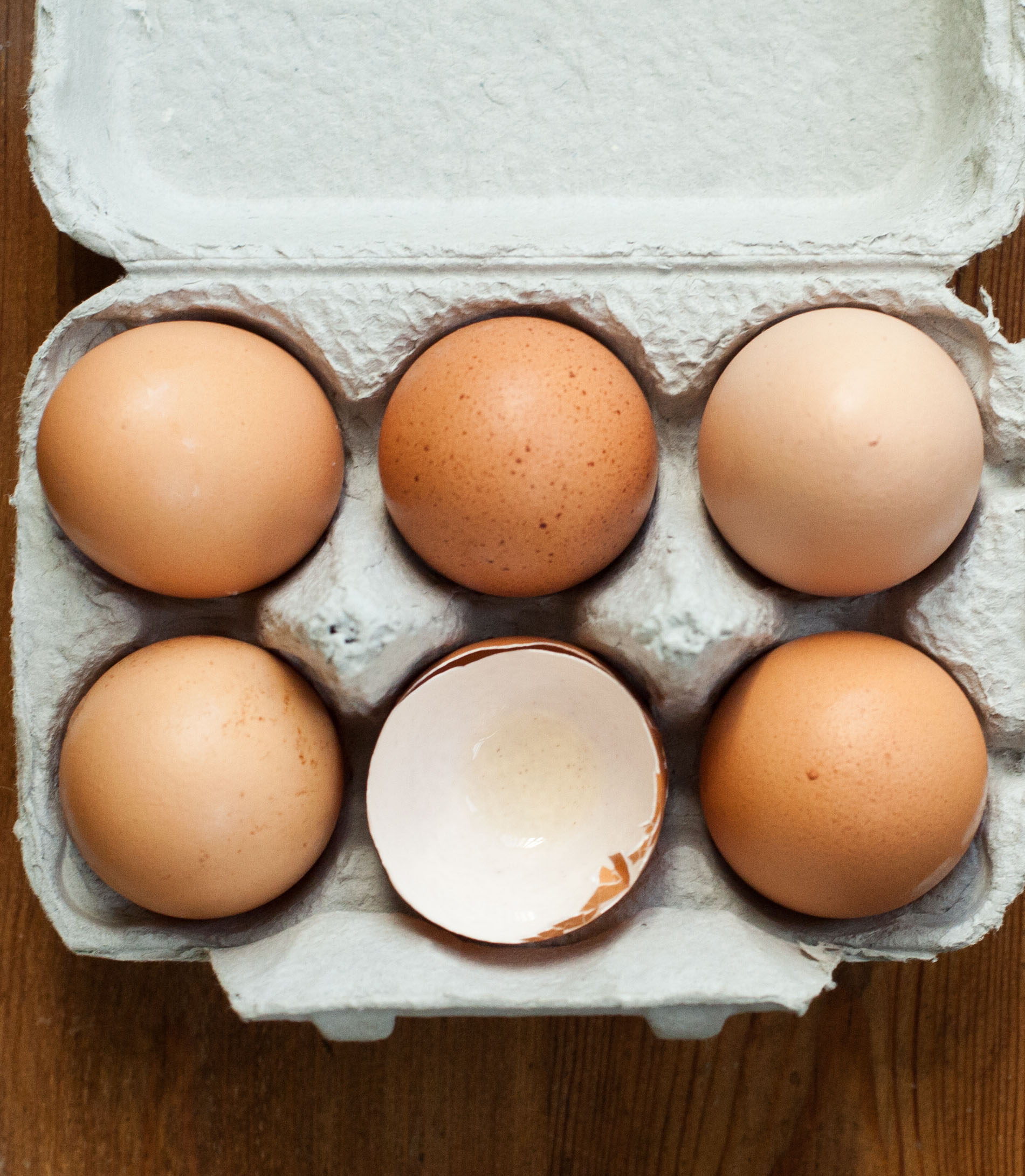
Vitamin D helps your body absorb calcium. Together, vitamin D and calcium are like a one-two punch for bone health.
You can get vitamin D from food and supplements; the recommended amount is 600 international units (IU) daily. Fatty fish, liver, cheese, eggs and vitamin-D-fortified foods, like some orange juices, are good, easy-to-find sources.
Go outside

The main way to boost vitamin D naturally is to get some sunshine. Although recommendations vary, typically 15 to 30 minutes in the sun, right around noon, three times per week, is plenty. If you live far away from the equator, you'll likely need additional time.
Put down that cocktail

The latest headline-grabbing study suggests that no amount of alcohol is safe for a variety of reasons. But it's long been believed that excessive drinking—in particular, during young adulthood—is bad for your bones.
"Alcohol has multiple effects on calcium," Primal Kaur, MD, an osteoporosis specialist at Temple University, told WebMD. "The bones deteriorate because not enough calcium is getting into bones—and the body is leaching it away from bones." For older adults, there's also the increased risk of falling.
Cut the cigarettes
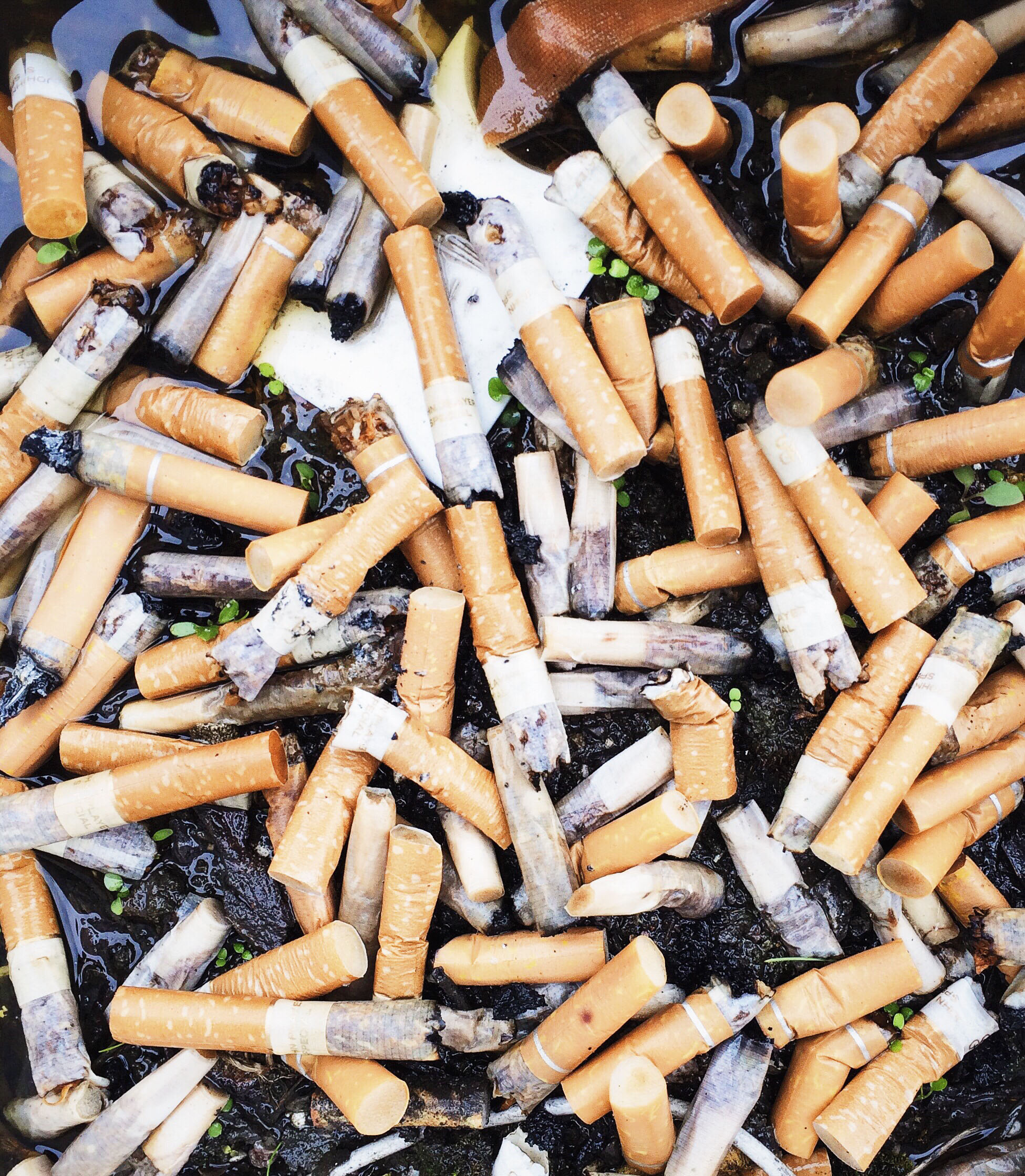
Smoking can increase bone loss in a variety of ways. For one, smoking is related to lower estrogen levels in women, particularly around menopause. Men and women who smoke also tend to drink excessively, a risk factor, and are thinner, another risk factor.
Switch to tea
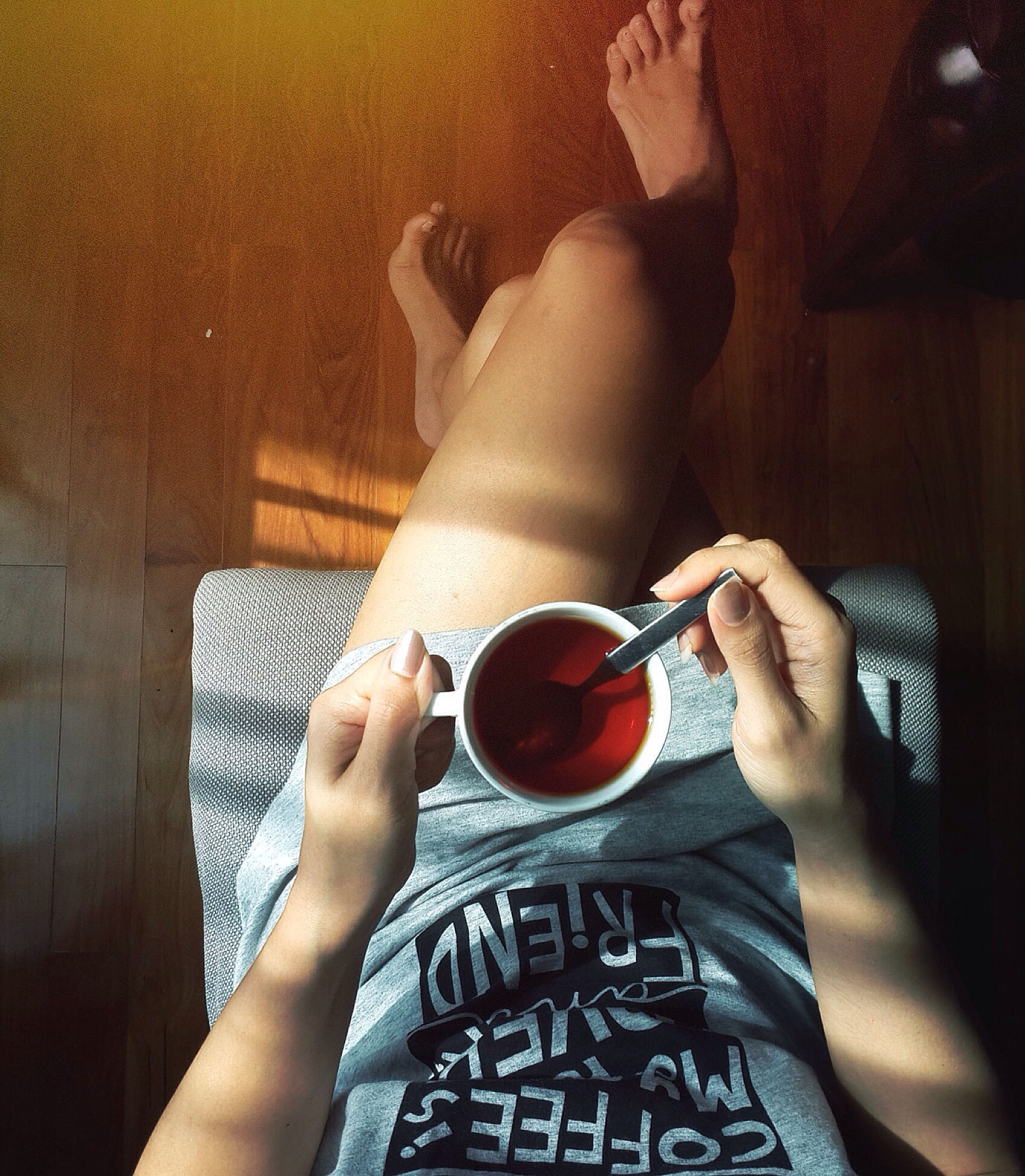
Studies show that coffee and soda—but not tea, even if it's caffeinated—is also associated with bone loss. As with smoking, the mechanism is not totally clear. One theory is that people who drink a lot of soda or coffee are thus not drinking dairy. Another theory is that the phosphoric acid in soda, for instance, keeps the body from absorbing calcium.
Put some stress on your bones
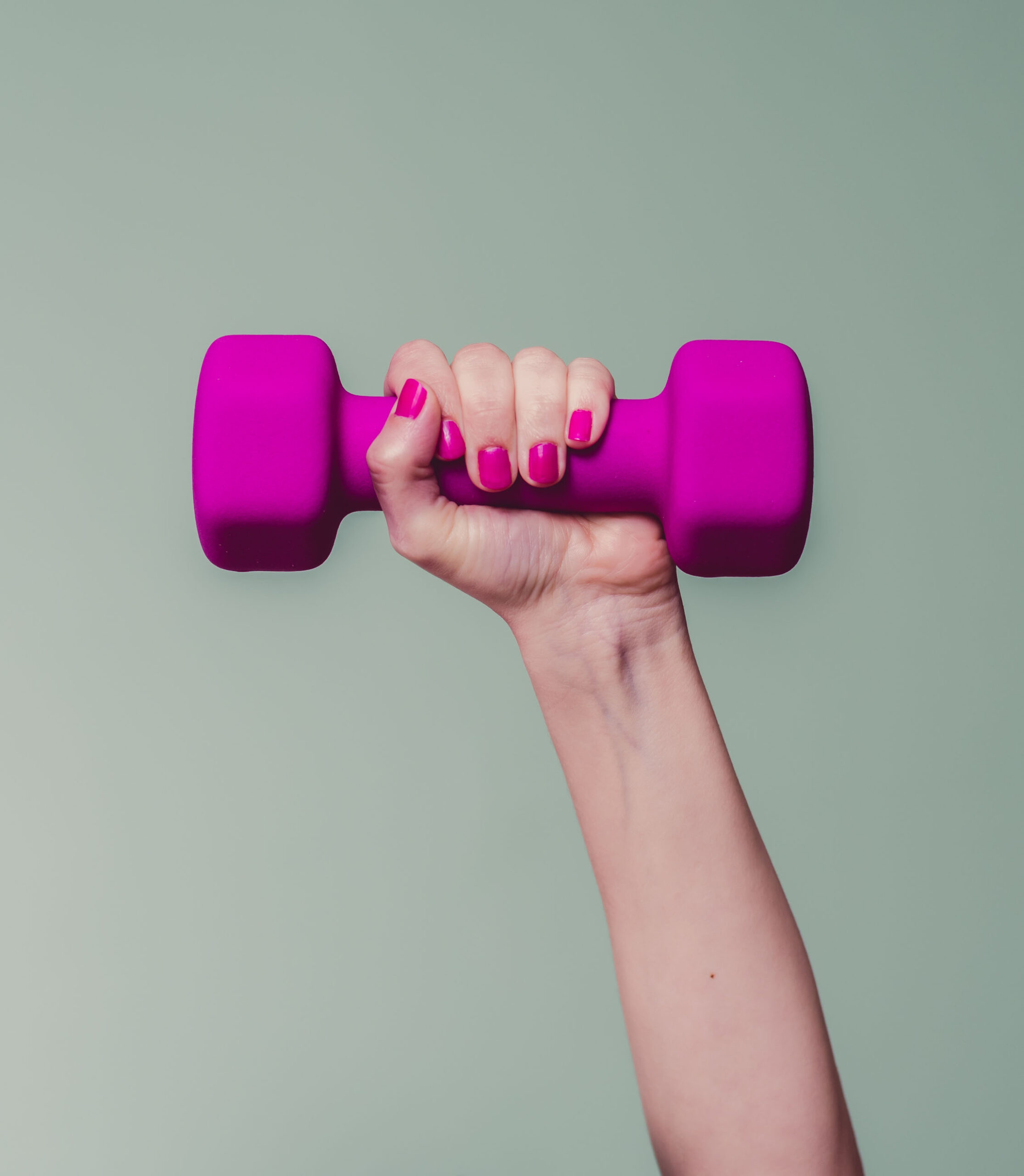
"Bones are alive and constantly turning over and remodeling themselves," Dr. Alpesh Patel, director of orthopedic spine surgery at Northwestern Memorial Hospital, told U.S. News and World Report. The way to help your bones grow stronger is to, basically, stress them out. Weight-bearing exercises, like squats and deadlifts, yoga and dance, hiking, jogging and running are all common ways to help bone health. Muscle-strengthening exercises are key, too.
Watch your meds
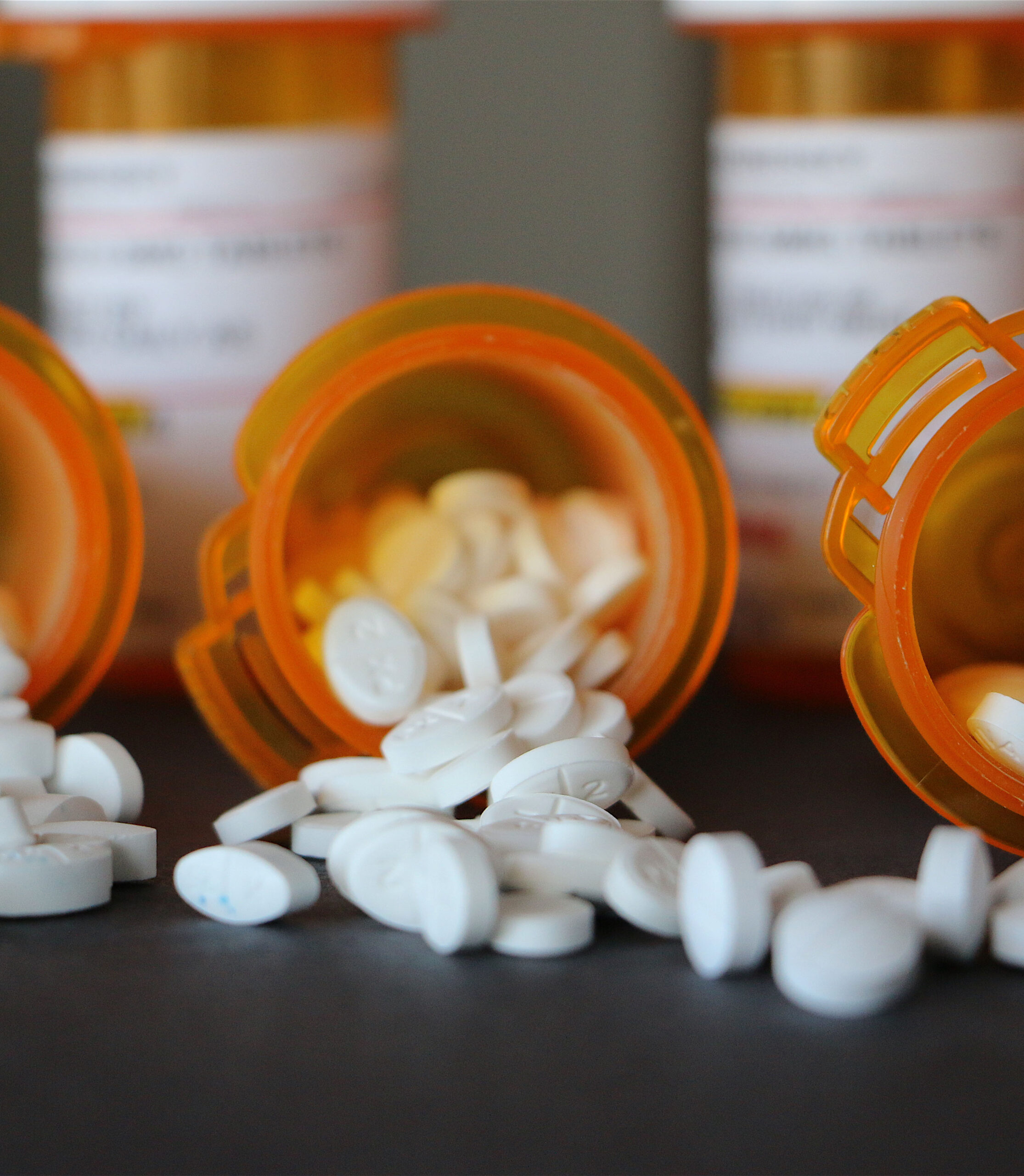
There's such a thing as drug-induced osteoporosis. It typically affects people who are taking certain drugs over long periods of time. Common steroids, such as prednisone or cortisone, can take a toll on your bones—as can some anti-seizure medications and drugs used to treat certain endometriosis, prostate cancer, infertility in women and breast cancer. Certain antacids and heartburn medications, as well as antidepressants, can affect bone density, too. Especially if you have risk factors for osteoporosis, talk to your health care provider.
When it’s time, get a baseline
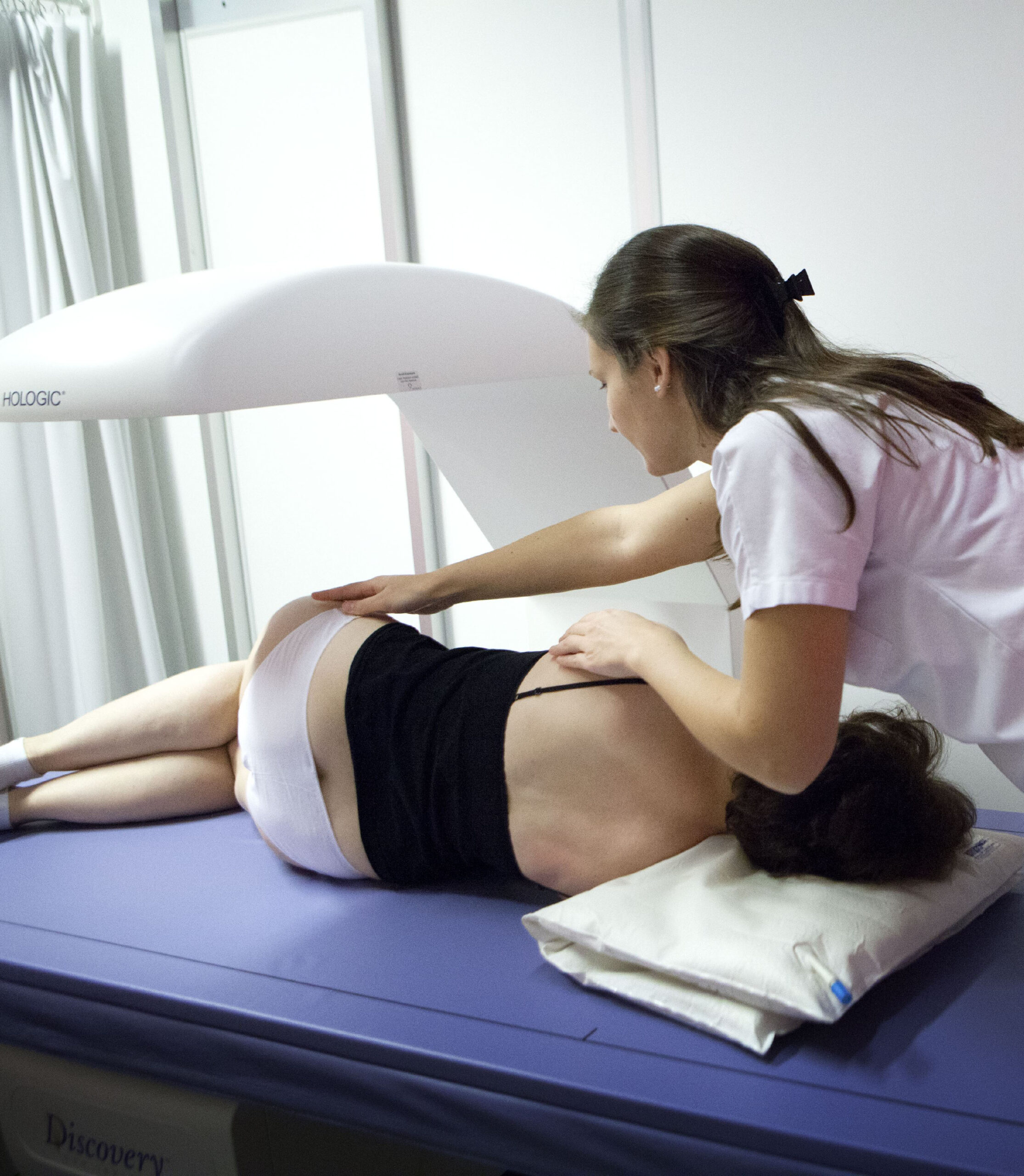
To have a true sense of your risk, you need a bone density scan. There are two common tests, neither of which is invasive. Most women can wait until 65, and men until 70. But if you have risk factors or have broken a bone under age 50, it's a sign you should go in earlier.

